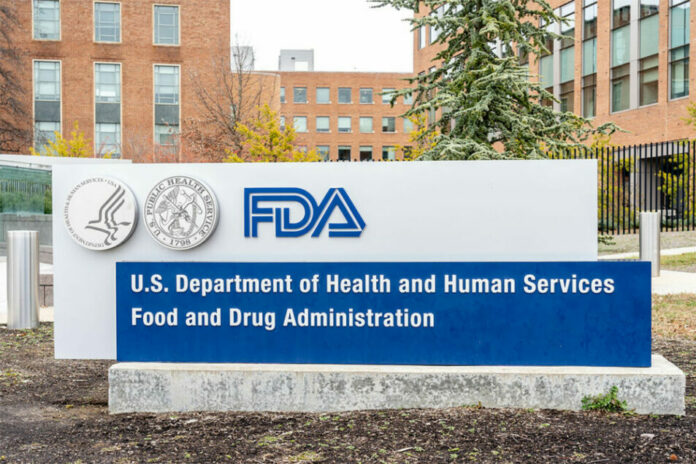The Food and Drug Administration (FDA) has recently come under scrutiny for falling short of its facility inspection targets, as detailed in the Food Safety: FDA Should Strengthen Inspection Efforts to Protect the US Food Supply report published by the US Government Accountability Office (GAO). The report, which covers the period between fiscal year 2018 and fiscal year 2023, assesses the FDA’s compliance with annual domestic and foreign food inspection targets mandated by the Food Safety Modernization Act (FSMA).
According to the GAO report, there were 75,000 domestic food facilities subject to FDA inspection under FSMA by the end of fiscal year 2023, with over 17,000 considered high-risk and nearly 58,000 classified as non-high risk. However, the FDA failed to meet its domestic inspection targets, which require high-risk facilities to be inspected at least once every three years and non-high-risk facilities to be inspected at least once every five years since fiscal year 2018.
The report highlighted that in fiscal year 2019, the FDA did not inspect approximately 7% of high-risk domestic food facilities as required by FSMA. This percentage increased to 40% and 49% in fiscal years 2020 and 2021, respectively. Similarly, the percentage of non-high-risk facilities that were not inspected by their cover-by dates increased from about 38% to nearly 74% during the same period.
In terms of foreign inspections, the FSMA mandates the FDA to inspect 19,200 foreign food facilities annually. However, the GAO found that the FDA did not meet its foreign inspection targets between fiscal year 2018 and fiscal year 2023. The FDA conducted an average of 917 foreign food safety inspections each year, representing only about 5% of its target for this period.
The GAO also identified the top five types of foods inspected by the FDA during the same period, with bakery products ranking second in domestic inspections and fifth in foreign inspections. Despite the FDA’s efforts to address these shortcomings by increasing staffing levels and retaining qualified investigators, the GAO believes that more needs to be done. The report noted that the FDA has not determined the appropriate number of investigators for foreign inspections and lacks a performance management process for assessing its inspection efforts.
To address these issues, the GAO recommended that Congress direct the FDA to conduct an analysis to determine an annual foreign inspection target. The report also provided three recommendations for the FDA: determine the appropriate size and workload of its foreign investigation team, conduct an analysis to determine the right number of foreign inspections per year, and develop a performance management process for assessing its inspection efforts.
In conclusion, the GAO emphasized the importance of food safety inspections in safeguarding the US food supply and urged the FDA to take necessary steps to improve its inspection efforts. By implementing the recommendations outlined in the report, the FDA can enhance its ability to ensure the safety of imported food and protect the health of American consumers.



